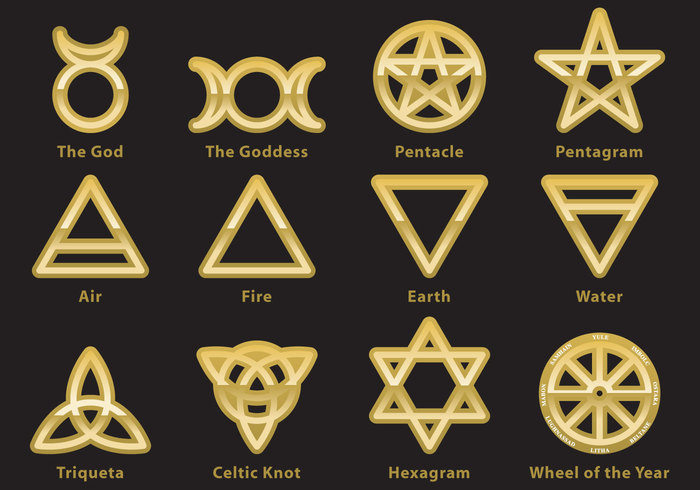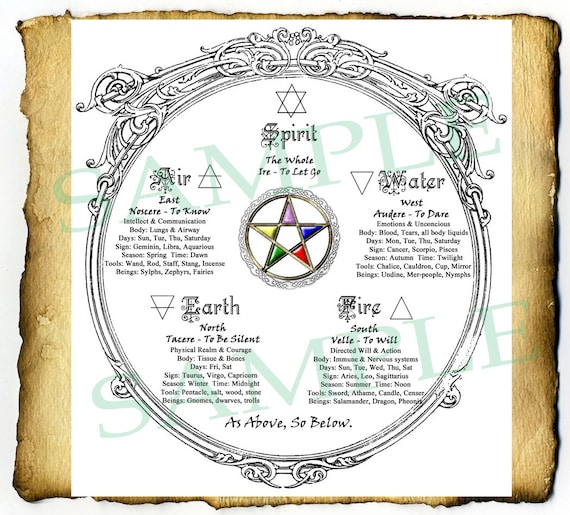

Psilocin mainly interacts with 5-HT 1A, 5-HT 2A and 5-HT 2C receptor subtypes: it is a mixed receptor agonist. An identification method based on a genetic approach has been developed.Ī different species of mushroom, Amanita muscaria (fly agaric), produces a state of delirium that also includes hallucinations, but its primary active agents are muscimol and ibotenic acid. Hallucinogenic mushrooms resemble the common store mushroom Agaricus bisporus, although the flesh of Psilocybe mushrooms characteristically turns blue or green when bruised or cut. Because it is difficult to distinguish non-psilocybin species from the hallucinogenic ones by morphological observation in the wild, psilocybin-containing mushrooms may also be easily ingested unintentionally. This makes them difficult, and potentially hazardous, to identify. In the wild, these mushrooms are easily mistaken for any number of non-psychoactive, inedible, or poisonous mushrooms. Most of the mushrooms containing psilocybin are small brown or tan mushrooms. The fungi containing psilocybin and psilocin mainly belong to the genuses Psilocybe, Panaeolus and Copelandia and their number exceeds 50 species. deliberately dried, cooked, frozen) or even as dry powders or capsules. Hallucinogenic mushrooms are available in fresh form, treated/preserved (e.g. Under alkaline conditions in the presence of oxygen it immediately forms bluish and black degradation products.

Psilocin is relatively unstable in solution. Psilocin is an isomer of bufotenine, it differs only in the position of the hydroxylgroup. According to IUPAC, the fully systematic chemical name is 3-(2-dimethylaminoethyl)-1H-indol-4-ol. Psilocin (psilocine, psilocyn) ( CAS-number 520-53-6) is 4-hydroxy-NN-dimethyltryptamine (4-OH-DMT) or alternatively 3-(2-dimethylaminoethyl)indol-4-ol. Psilocybin is a prodrug of psilocin, in vivo the molecule is metabolised into psilocin by dephosphorylation.

Psilocybin is soluble in water, moderately soluble in methanol and ethanol, and insoluble in most organic solvents. Psilocybin is the dihydrogen phospate of psilocin. According to IUPAC, the fully systematic chemical name is dihydrogen phosphate. Psilocybin (psilocybine, psilocibina, psilocybinum, psylosybiini) ( CAS-number: 520-52-5) is 4-phosphoryloxy-NN-dimethyltryptamine. Besides psilocybin and psilocin, two further tryptamines - baeocystin and norbaeocystin - could also be present but are thought to be less active than the former two. Psilocybin and psilocin are both indolealkylamines and structurally similar to the neurotransmitter serotonin (5-hydroxytryptamine or 5-HT). Psilocin itself is also present in the mushroom, but in smaller amounts. After ingestion, psilocybin is converted into the pharmacologically active form psilocin. Psilocybin (PY, 4-phosphoryloxy-N,N-dimethyltryptamine) is the main psychoactive principle of hallucinogenic mushrooms.

LSD, psilocybine and psilocin), phenethylamines, including mescaline and methylenedioxymethamphetamine ( MDMA) and cannabinoids. Grouping the hallucinogens based on their chemical structure includes, but is not limited to, three major classes: indolealkylamines or tryptamines (e.g. The hallucinogens are a chemically diverse class. Despite their name, the use of hallucinogenic drugs rarely results in true hallucinations. At low doses, hallucinogenic drugs have as their primary effects perceptual distortions and alterations of thought, or mood, with the presence of lucid awareness and minimal effects on memory and orientation. ‘Hallucinogenic mushrooms’ is the name commonly given to psychoactive fungi, containing hallucinogenic compounds, most commonly psilocybin and psilocin.


 0 kommentar(er)
0 kommentar(er)
